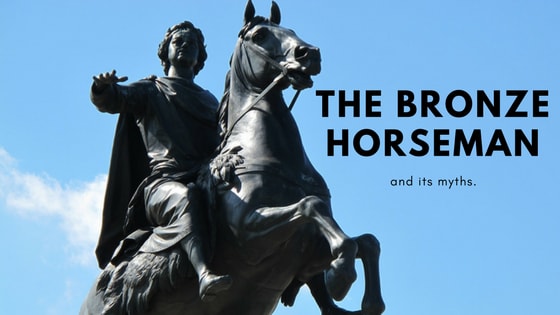
St Petersburg is a city like no other. Rich in history and mythology. The jewel of Imperial Russia. It was most famously described by the Italian philosopher, Algarotti, as a “window opened up in the North, through which Russia looks to Europe”. In this way, Peter the Great envisioned that his city would become a progressive, enlightened Metropolis, through which Medieval Russia would be carried into modernisation and establish itself as a key European power. These lofty aims resulted in a plethora of myth and legend cloaking the city. It is often said that the crucible from which these tales stem is the folkloric figure of the Bronze Horseman.
Rumour has it…
The Bronze Horseman appears in two forms: the first, a monument to Peter the Great, founder of St Petersburg, which was commissioned by Catherine II and built by French sculptor Falconet. The second, the epic tale written by Pushkin. Combined they participate in an eternal discussion, exposing the duality of the St Petersburg myths. On the one hand honouring Peter the Great and his city, on the other opening the door to criticism.
In the time of Alexander I, under the expectation of a Napoleon invasion, they considered moving the monument for safe keeping, but for the army general Major Baturin. He dreamt that the statue came to life and addressed Tsar Alexander, saying “As long as I remain in my place, the city has nothing to fear”. The legend had gained so much influence by the time of the German blockade of St Petersburg in the Second World War that even Stalin abided by it. As such, they covered the monument in sand and wooden planks to protect it from the war. The survival and extraordinary resilience of the people of St Petersburg is, amongst some, largely accredited to it’s true protector; the mythological figure of the bronze horseman. Moreover, the legends surrounding the horseman are still prevalent today; newlyweds often go straight from the ceremony to seek blessing under the horseman’s outstretched hand. It is suggested that this stems from a rumour that his eyes are small hearts, love-notes sent to Falconet from his student Marie-Anne Collot.
On the flip side, amongst the orthodoxy there were those who perceived Peter as the antichrist due to his pursuance of westernisation and neglect of traditional Slavic values. His monument came to be known by the ‘Old Believers’ as ‘The Horseman of the Apocalypse’. They followed the Apocalypse of Methodius of Patara, a school of thought which contained a doomsday vision of a snake snapping at the legs of a horse…much like in the statue itself.
Upon the brink of the wild stream He stood, and dreamt a mighty dream.
We can also see these two contrasting opinions in Pushkin’s epic tale titled Bronze Horseman (incidentally this is where the monument got its name). The first part idolises the Tsar, the later part endorses Yevgeny’s realisation that Peter was at fault for the death of his lover, Parasha, as it was he who built Petersburg in such a hostile environment.
The beginning of the poem parallels the book of Genesis and the creation of the city with God’s creation of the world. Pushkin refers to Peter as ‘He’ in the poem, a link to how God is referred in the Bible. He also repeatedly uses the phrase ‘will be’, again portraying a similar biblical sense to the godly commands such as ‘there will be light’. Even Pushkin’s decision to centre the poem around the memory of the 1824 flood denotes a biblical sense. It alludes to the great biblical flood, yet this time, rather than Noah, the Horseman is honoured as the great protector of the city, as only he can be still seen over the floodwaters.
Whilst part one may eulogise Peter, the story itself is one of rebellion. Yegeny’s small, one- man revolt conveys the message that the tsar cannot control the Russian people. The poem even harbours some cryptic links to the Decembrists. Anna Akhmatova identified that Yevgeny is buried on the island of Goloday, in an unmarked grave. Significantly the same island that the five leading Decembrists are said to be buried on, in unmarked graves. Even one hundred years following his death, Peter’s autocratic doctrine lived on and culminated in the crushing of the Decembrists’ rebellion and execution of men that Pushkin deemed his friends.
So what does the Bronze Horseman mean to us?
Perhaps the most interesting reflection on the Bronze Horseman is as a reference to an unfulfilled promise of Westernisation. Peter was unable to deliver a westernised Russia, whether this a good or bad, the state still sits at the ideological opposite to much of the western world. With new developments in warfare but stagnation in mind-set, present day global tensions may even eclipse those in Peter’s time. Perhaps the horseman’s failure to deliver a merging of philosophies will fulfil the Old Believer’s prophecy of apocalypse?
What do you in St. Petersburg when it’s snowing and raining non-stop? Read about the top rainy day activities in St. Petersburg!
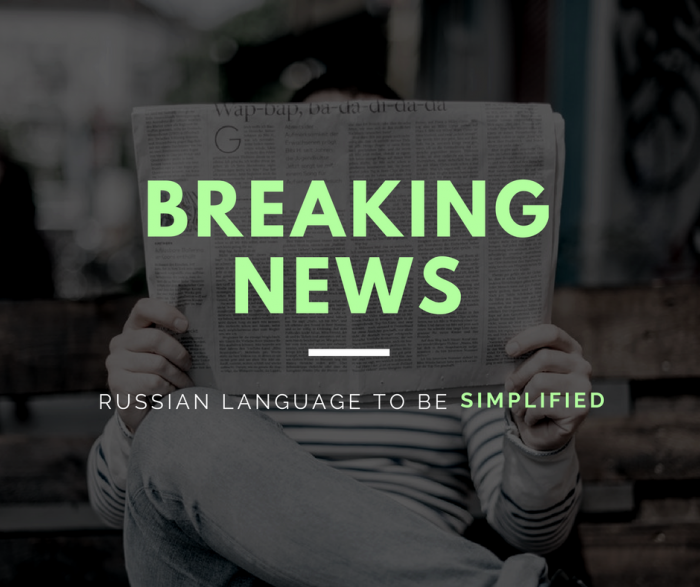
Students will be happy to learn that the Russian Government has today announced plans to make Russian language easier in an effort to simplify greater international engagement. …

In a previous post, we revealed that Russians don't really say “na zdarovje” when they toast. While the phrase has been popularised in English language media – and a lot of Russians will nod politely and clink glasses with you if you use it – it’s not something a native speaker would ever…
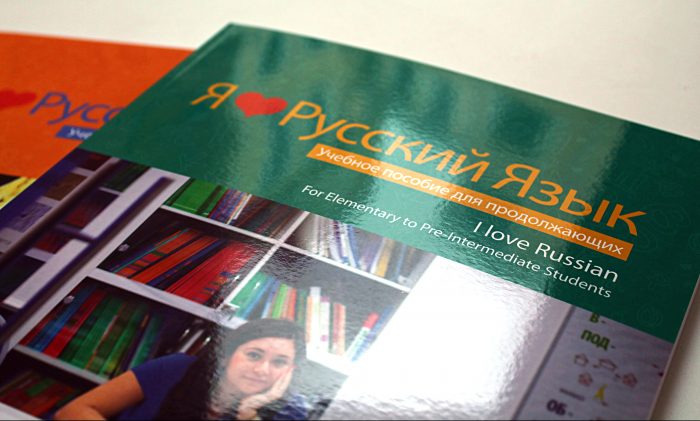
Improve your Russian while working as an expat? Mission possible! …
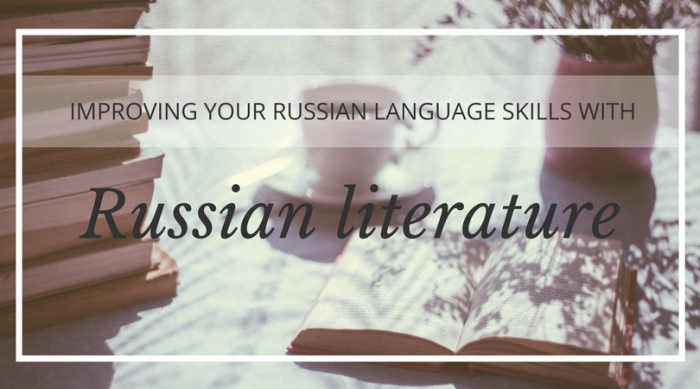
What could be a better way for Russian immersion than reading, especially when you read the books that you find interesting and that can give you a better idea of the culture of Russia? Co-founder of Liden & Denz, Walter Denz shares his experience on how reading Russian literature can improve your…

When people think about fashion I would bet they associated with places like Paris, Milan or New York. It’s undeniable that fashion is a big thing in those places. A place to visit by any fashionista. Nonetheless, there are many talented designers in Russia worth discovering. If you are passionate…

If you are afraid winter in Russia would be too much to stand – only four hours of daylight, temperature reaching -30 degrees Celsius, slippery snow everywhere – just keep in mind that, despite the minuses, there are countless things you could do in winter here. Ice skating being one of the most…
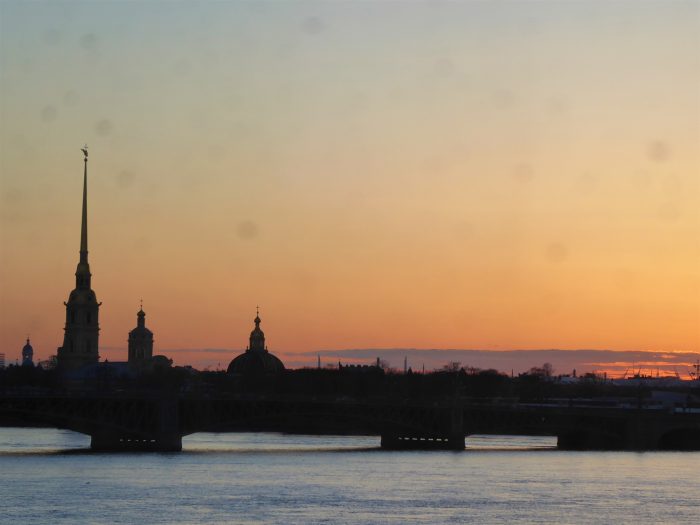
You may have noticed that Russians are highly superstitious people, and incorporate little rituals into everyday life to influence their fate. One common ritual is «загадать желание» (to make a wish). And what better place to do this than in St Petersburg, a city of magical beauty,…